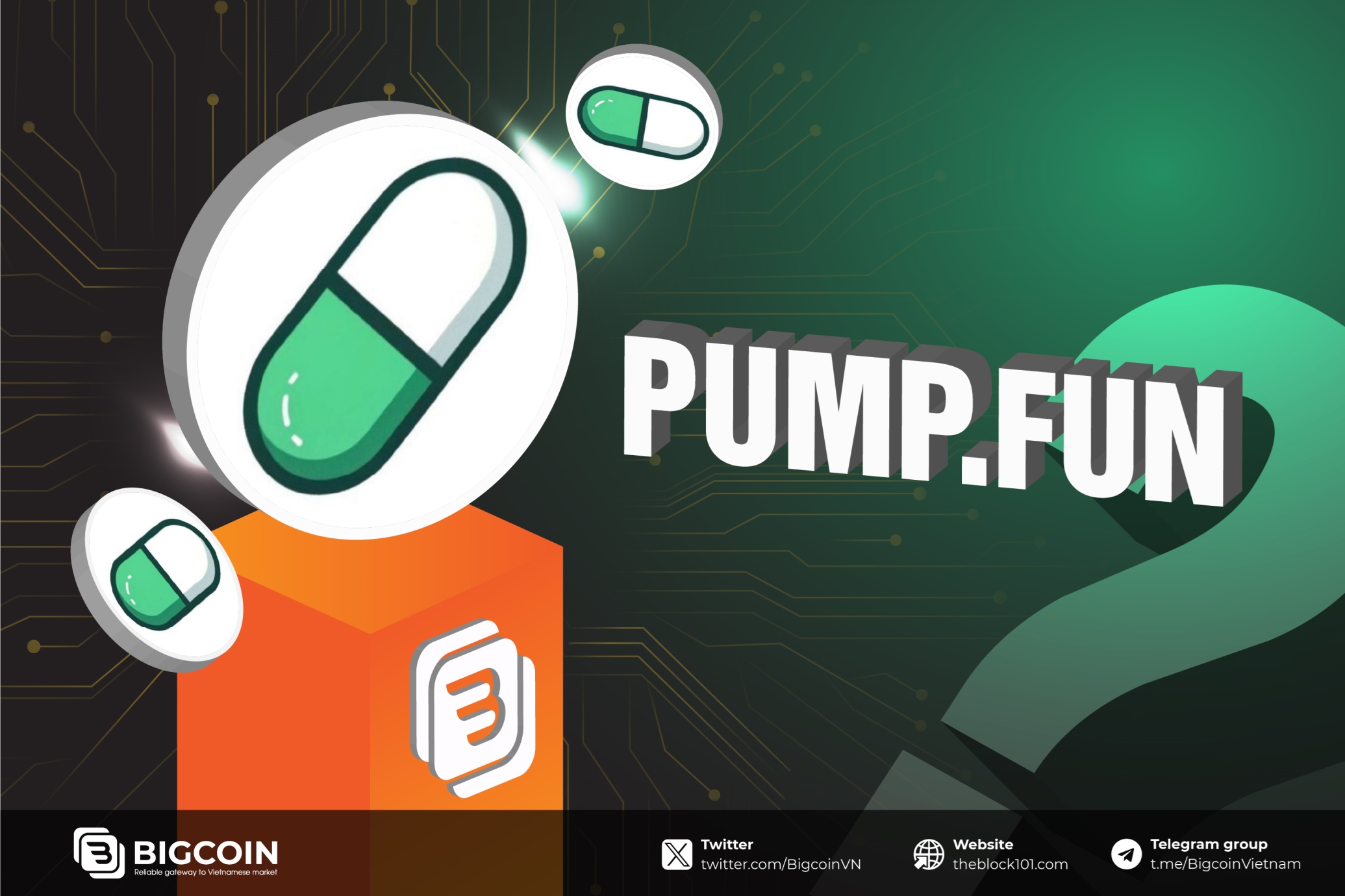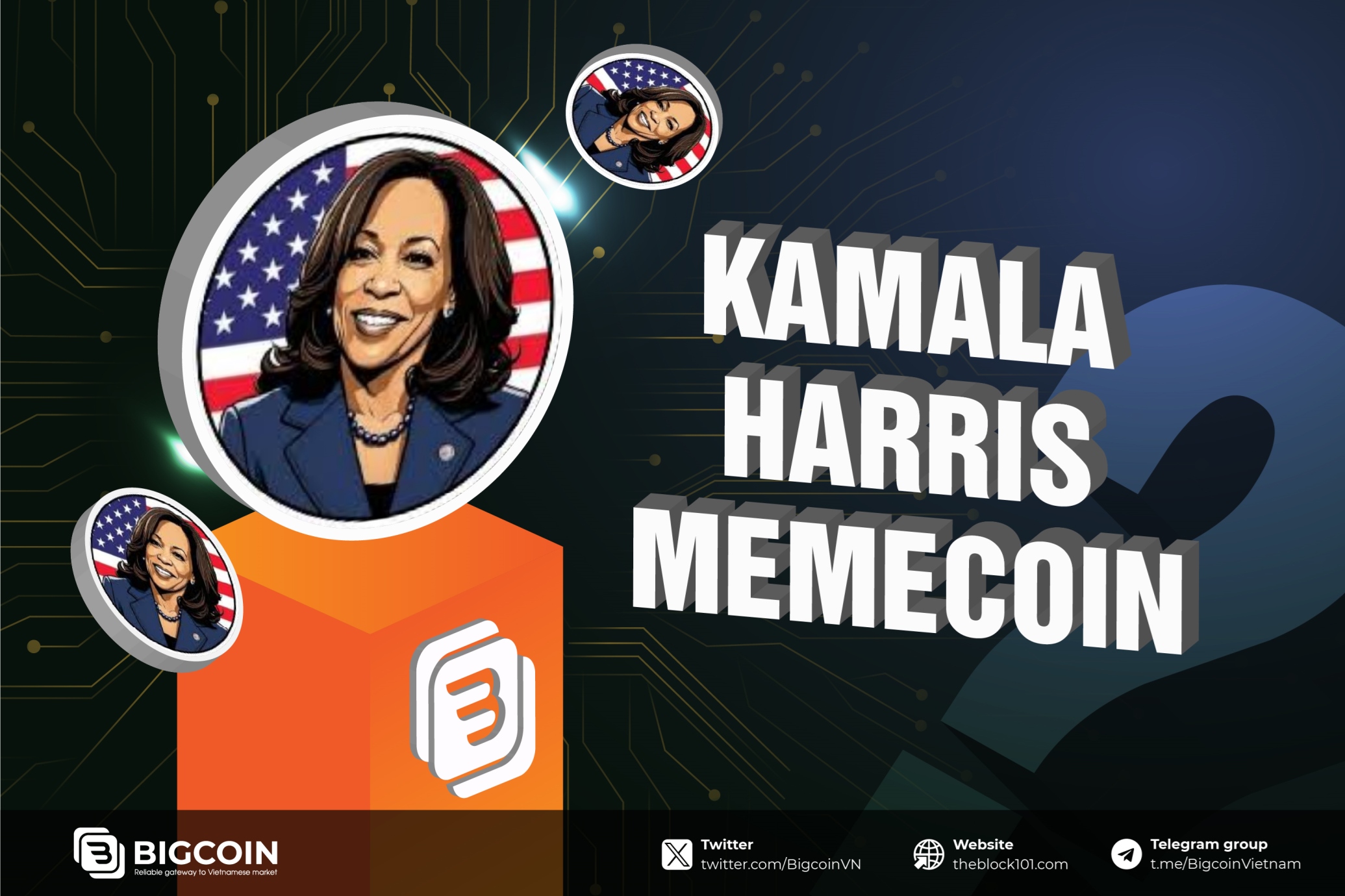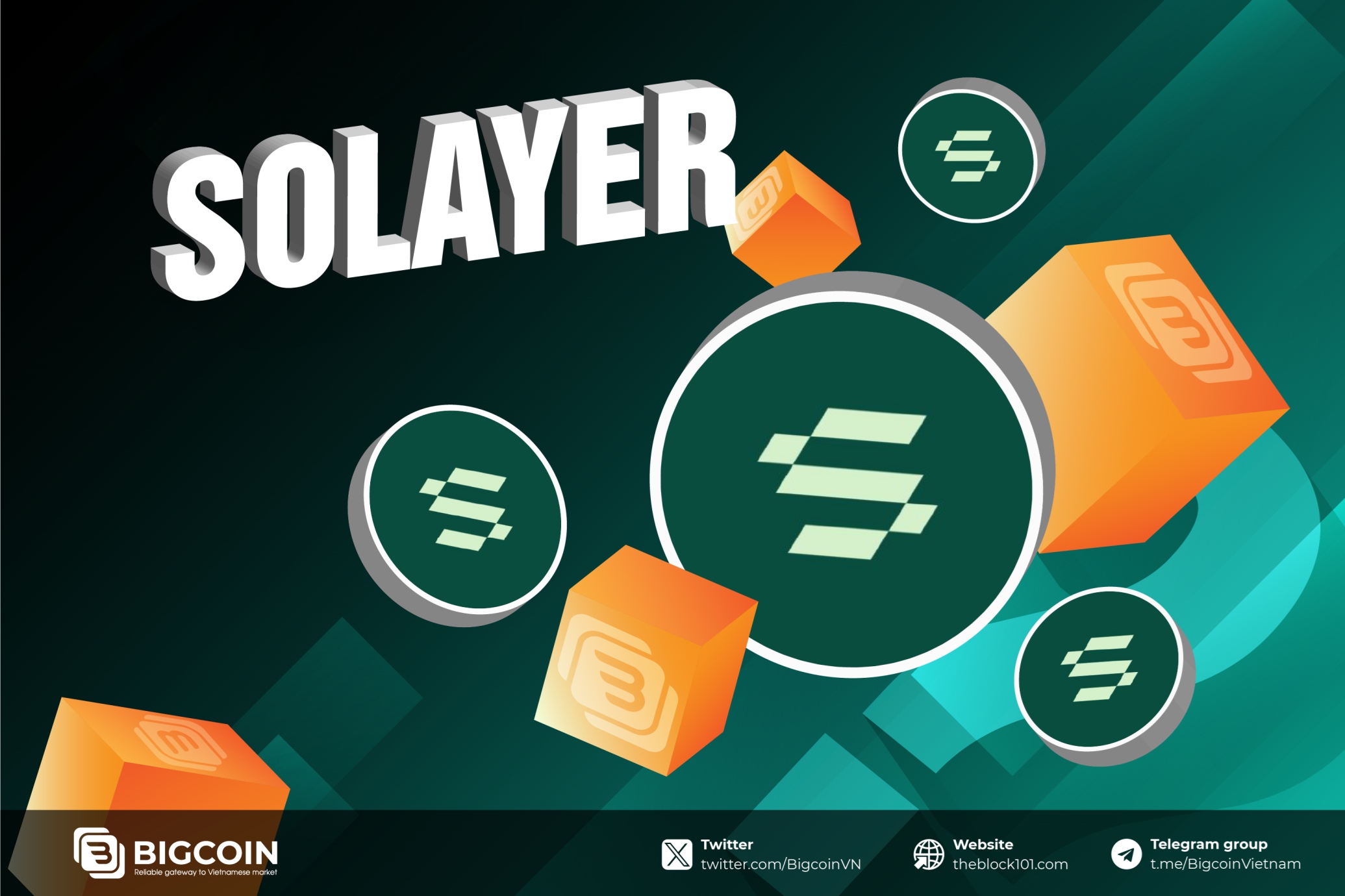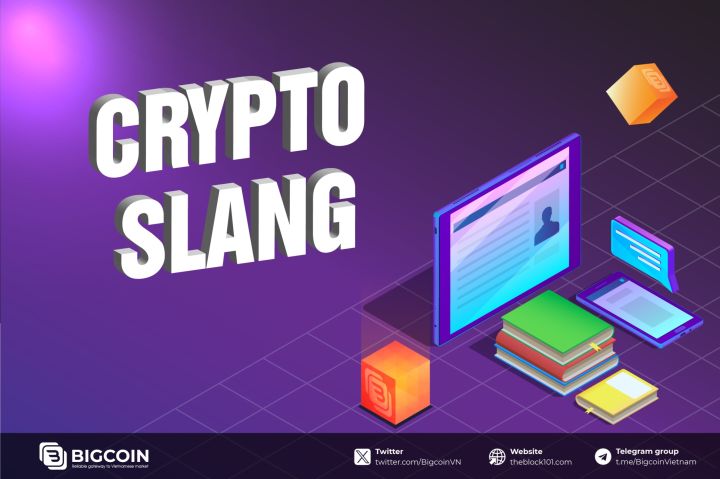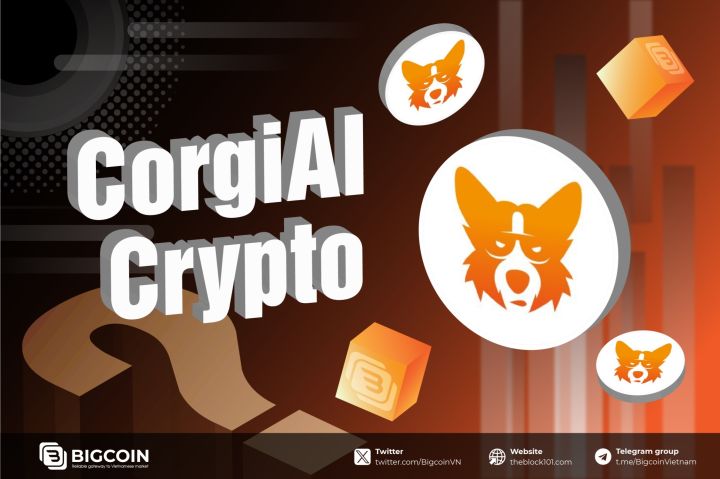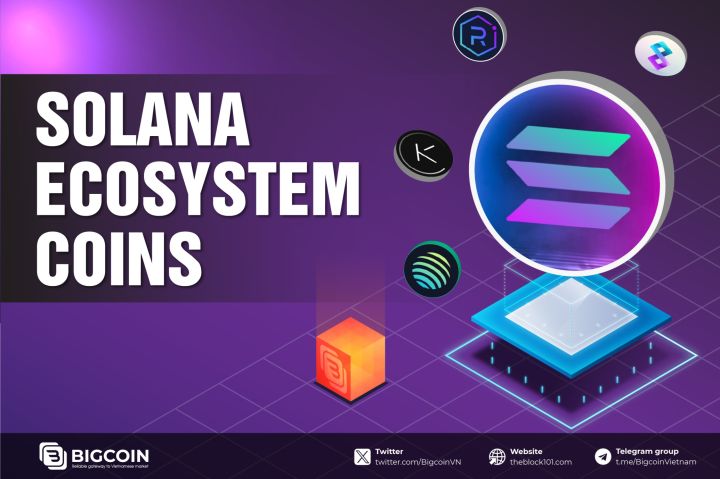1. The Genesis of Jambo Solana
.jpg)
Jambo was founded with a clear mission: to bring the next billion users into the Web3 ecosystem, particularly in regions like Africa, Southeast Asia, and Latin America, where traditional banking systems are often unreliable or inaccessible. Emerging markets, home to roughly 2.7 billion people, face challenges such as hyperinflation, limited smartphone access, and a large unbanked population. Jambo aims to address these issues by combining affordable hardware, user-friendly software, and blockchain technology.
The project’s partnership with Solana, a high-performance blockchain known for its scalability and low transaction costs, began gaining traction in mid-2024. Solana’s ability to handle thousands of transactions per second (up to 50,000 TPS) with fees often below $0.0025 makes it an ideal choice for Jambo’s mobile-first strategy. This collaboration was solidified in July 2024, when Jambo announced its official expansion to Solana, alongside a partnership with Tether, to deliver blockchain-enabled mobile solutions to emerging markets. The integration of Tether’s stablecoin USDT further enhances Jambo’s ability to provide stable, secure financial tools to its users.
2. Core components of the Jambo Solana ecosystem
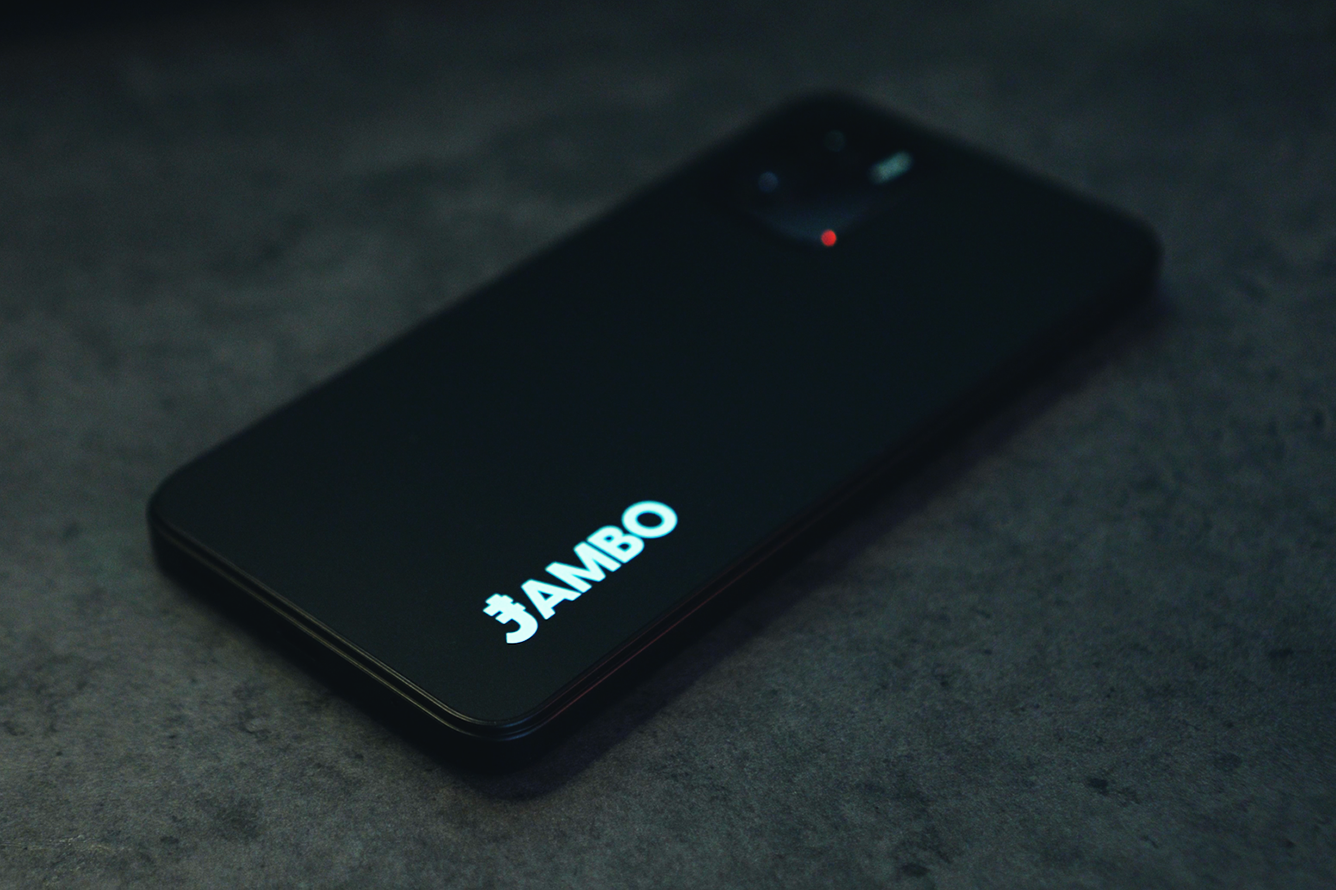
Jambo Solana is a multifaceted ecosystem that integrates hardware, software, and tokenomics to create a seamless Web3 experience. Below are its key components:
2.1. JamboPhone
At the heart of Jambo’s ecosystem is the JamboPhone, an Android-based smartphone priced at just $99. Designed for emerging markets, the JamboPhone is a powerful yet affordable device that comes preloaded with Web3 tools. The second-generation JamboPhone 2, unveiled at Solana Breakpoint 2024, boasts impressive specs: 12GB RAM, 128GB storage, a 6.75-inch display, a 5000 mAh battery, and native AI capabilities with JamboGPT. Despite its low cost, the phone competes with mainstream budget smartphones while offering unique blockchain features.
The JamboPhone is pre-installed with a suite of applications tailored for Web3 engagement, including:
-
JamboWallet: A non-custodial, multi-chain wallet supporting Solana, Ethereum, Aptos, and other chains. It simplifies asset management with social login features, eliminating the need for complex seed phrases.
-
JamboPlay: A dApp store featuring curated Web3 applications, games, and DeFi platforms, making it easy for users to explore the decentralized ecosystem.
-
JamboEarn: A questing platform where users can earn rewards (in USDT, $J tokens, or other partner tokens) by completing tasks, learning about Web3, or engaging in social activities.
The JamboPhone also supports mobile validators, token airdrops, and sybil-resistant verification mechanisms to ensure genuine user participation. By January 2025, Jambo had sold over 700,000 JamboPhones across 128 countries, making it the largest on-chain mobile network globally.
2.2. JamboApp: A Super App for Web3
The JamboApp serves as the software backbone of the ecosystem, acting as a hub for all Web3 activities. It combines education, earning opportunities, and decentralized tools into a single platform. Key features include:
-
Multi-Chain Wallet: JamboWallet supports Solana, Ethereum Virtual Machine (EVM) chains, and Aptos, allowing users to manage assets securely and perform cross-chain transactions.
-
Questing and Rewards: Through JamboEarn, users can participate in educational programs, promotional tasks, and community activities to earn rewards. This incentivized engagement helps new users learn about blockchain while earning tangible benefits.
-
dApp Store: JamboPlay provides access to a curated selection of dApps, focusing on practical use cases like DeFi, gaming, and remittances, tailored for emerging market needs.
The JamboApp has onboarded millions into the on-chain economy, with over 4.5 million blockchain wallets created by early 2025. Its user-friendly design and focus on education make it an ideal entry point for Web3 newcomers.
2.3. Jambo Token ($J): The Fuel of the Ecosystem
The $J token, launched on Solana in January 2025, is the utility token that powers the Jambo ecosystem. With a total supply of 1 billion tokens, $J serves multiple purposes:
-
Rewards and Incentives: Users earn $J through JamboEarn activities, referrals, and airdrops. For example, 100 million tokens (10% of the supply) were allocated for airdrops to early JamboPhone adopters and active JamboApp users.
-
Staking and Governance: $J holders can stake their tokens to earn rewards and access exclusive perks, such as discounts on JamboPhone purchases or premium features.
-
Payments and Discounts: $J can be used to pay transaction fees within the ecosystem, often at a reduced rate, and to earn referral bonuses.
The token’s integration into payments, staking, and rewards ensures its centrality to the Jambo economy. However, its price has been volatile since launch, starting at around $0.23 in January 2025 but facing downward pressure due to airdrop distributions and market sell-offs.
2.4. Satellite Program: Bridging the Connectivity Gap
In a bold move to future-proof its ecosystem, Jambo launched a satellite program in Q1 2025 to provide global data access for JamboPhone users. With over 3 billion people worldwide lacking reliable internet, this initiative aims to bridge the digital divide by ensuring consistent connectivity, especially in remote areas. The program, executed in four phases, enables new blockchain use cases like mobile validators, P2P networking, and cost-effective decentralization. By owning its connectivity infrastructure, Jambo secures its ability to offer reliable services even as global network demands grow.
3. Why Jambo chose Solana
.jpg)
Jambo’s decision to build on Solana is strategic. Solana’s high throughput, low fees, and scalability make it perfect for a mobile-first ecosystem targeting millions of users. Unlike Ethereum, where high gas fees can deter small transactions, Solana’s architecture supports microtransactions, which are crucial for emerging market users engaging in daily financial activities like remittances or peer-to-peer payments. Additionally, Solana’s ecosystem offers robust support for dApps, NFTs, and DeFi, aligning with Jambo’s goal of providing a comprehensive Web3 experience.
Jambo’s partnership with Solana also includes collaborations with Solana-based projects like Bonk (a popular meme coin) and Superteams, a global community of Web3 builders. These partnerships have led to initiatives like Bonk airdrops for JamboPhone users and sponsored quests on JamboEarn, further driving adoption within the Solana ecosystem.
4. Impact and achievements

Jambo Solana has made significant strides since its inception:
-
Mass Adoption: By January 2025, Jambo had sold 700,000 JamboPhones and created nearly 1 million blockchain wallets across 128 countries, establishing itself as the world’s largest on-chain mobile network.
-
Financial Inclusion: The JamboPhone and JamboApp have empowered users in emerging markets to access DeFi, earn rewards, and participate in the global digital economy. For example, users can use USDT on Solana for stable, low-cost remittances, bypassing traditional banking systems.
-
Institutional Support: Jambo has attracted backing from major investors like Paradigm, Coinbase Ventures, Tiger Global, and Pantera Capital, raising nearly $40 million to fuel its growth.
-
Educational Impact: Through JamboEarn, users learn about Web3 while earning rewards, increasing digital literacy in regions with limited access to tech education.
Testimonials from users highlight the project’s impact. Many have reported improved financial access, with some using the JamboPhone to send cross-border payments or earn income through quests, activities that were previously inaccessible due to banking limitations.
5. Challenges and criticisms
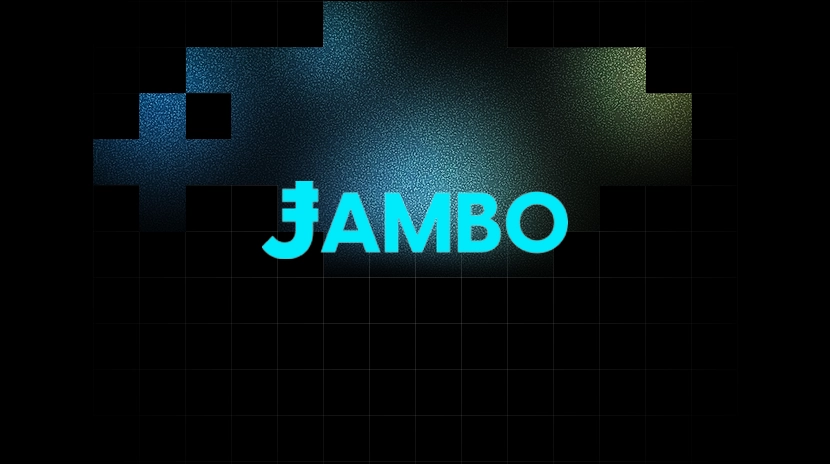
Despite its successes, Jambo Solana faces challenges:
-
Security Concerns: Some users on platforms like Reddit have raised concerns about the JamboPhone’s security, citing potential vulnerabilities in its operating system and the risk of scams targeting new Web3 users. While Jambo claims to have rigorous security audits for its pre-installed apps, these concerns warrant caution.
-
Technical Limitations: The JamboPhone currently supports only 4G networks, lacking 5G compatibility, which could limit its performance in areas with advanced infrastructure. Additionally, some users have reported slow performance, possibly due to the device’s budget hardware.
-
Token Volatility: The $J token has experienced price volatility since its launch, dropping after initial airdrops due to selling pressure. This raises questions about its long-term value and utility, especially in a speculative market.
6. The future of Jambo Solana
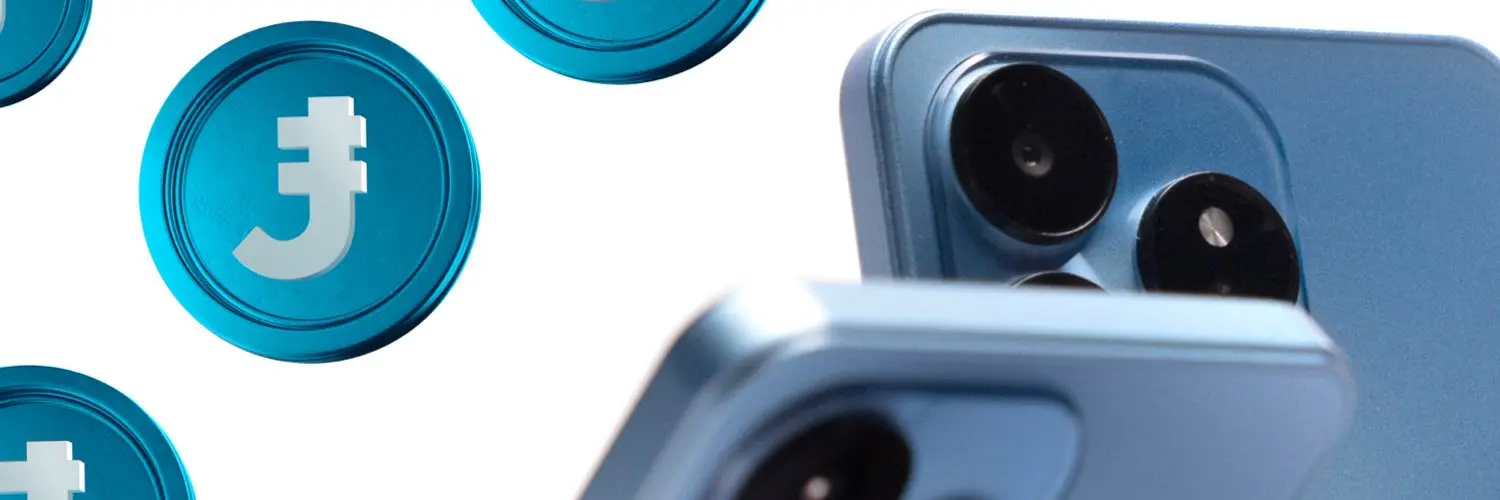
Jambo’s roadmap includes ambitious plans to expand its user base and enhance its ecosystem. The satellite program, fully rolled out by the end of 2025, will ensure global connectivity, unlocking new use cases like decentralized mobile validators and P2P networking. Jambo also aims to integrate more AI features into JamboGPT, potentially offering personalized financial advice or educational content for users.
The project’s focus on emerging markets positions it as a leader in Web3 adoption. By addressing real-world problems like financial exclusion and internet access, Jambo Solana is not just selling phones—it’s building a movement. However, to sustain its growth, Jambo must address security concerns, improve device performance, and stabilize the $J token’s value.
Conclusion
Jambo Solana represents a bold step toward democratizing Web3 technology. Through the JamboPhone, JamboApp, $J token, and satellite program, the project is empowering millions in emerging markets to join the decentralized economy. ItsSorry about that, something didn't go as planned. Please try again, and if you're still seeing this message, go ahead and restart the app.
Read more:

 English
English Tiếng Việt
Tiếng Việt.png)

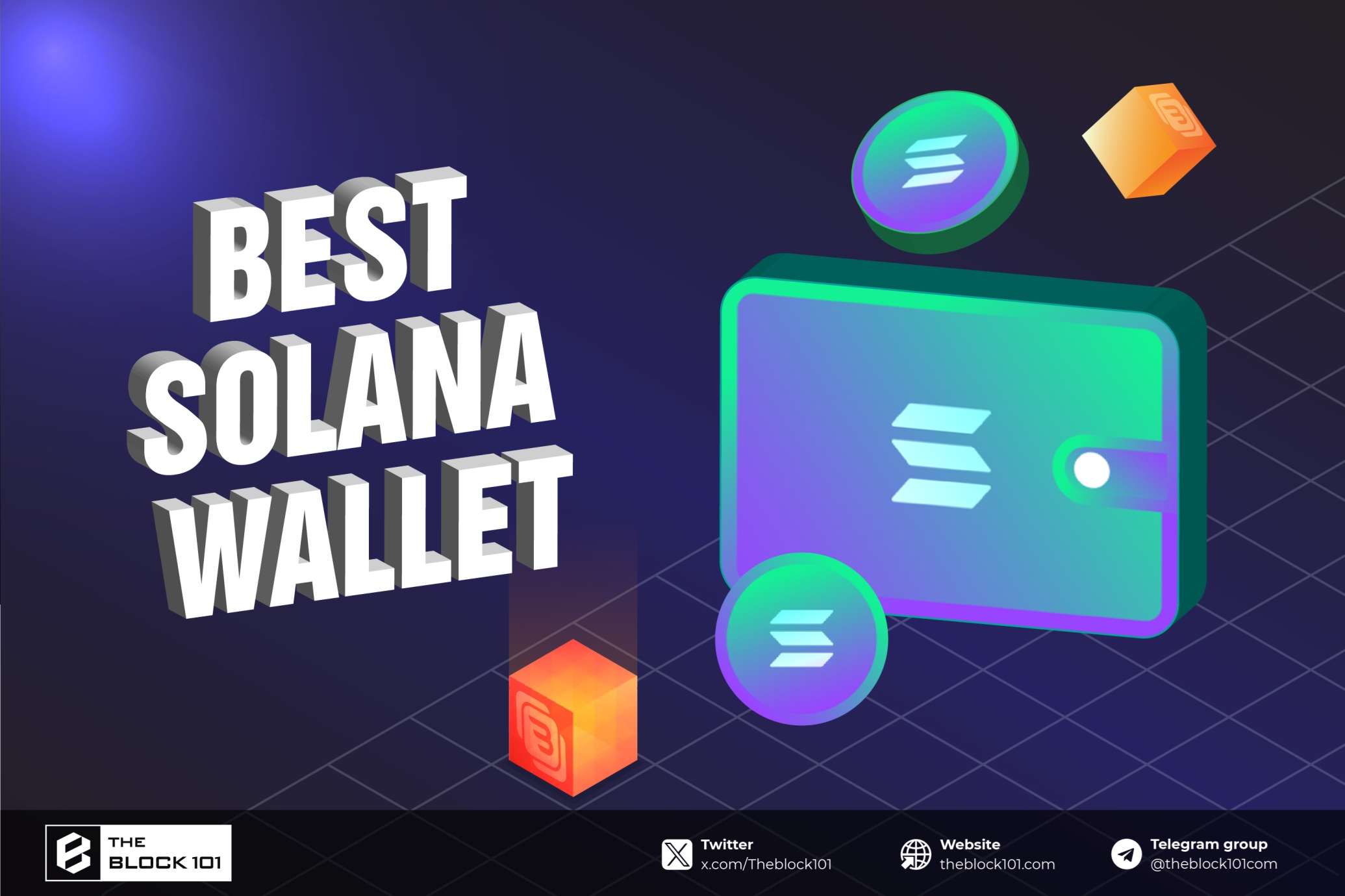


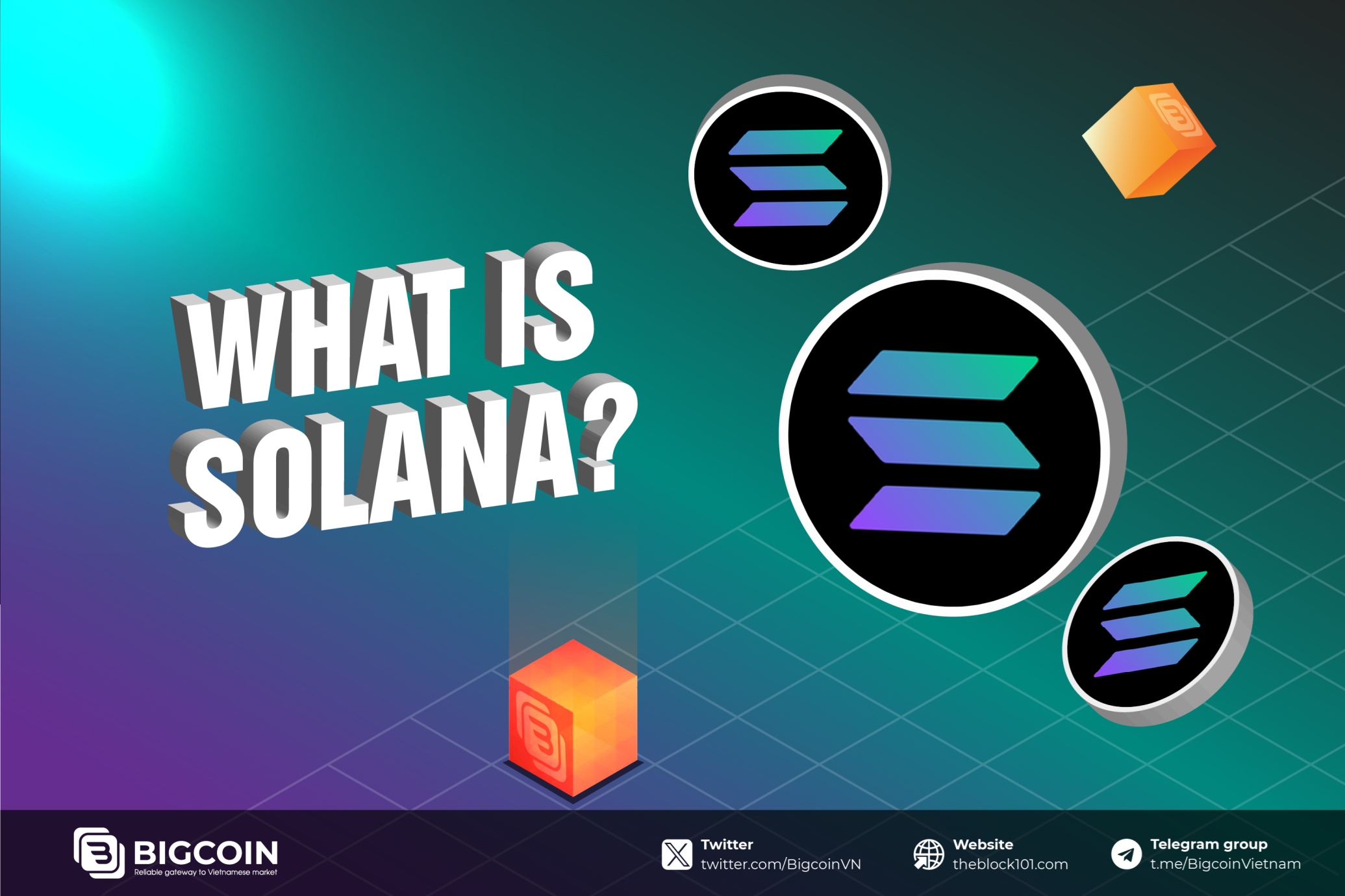

.jpg)
